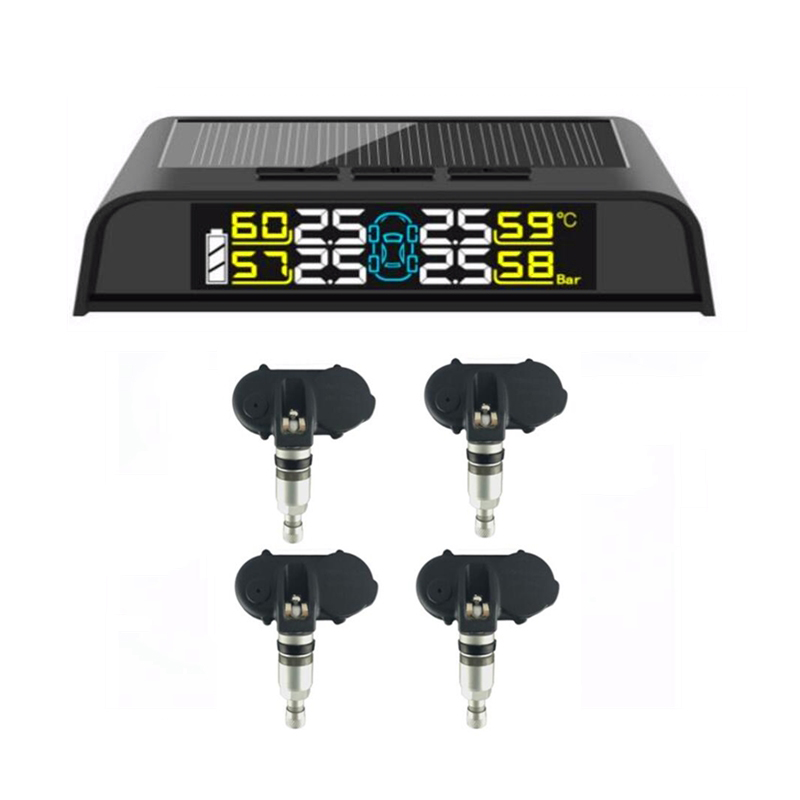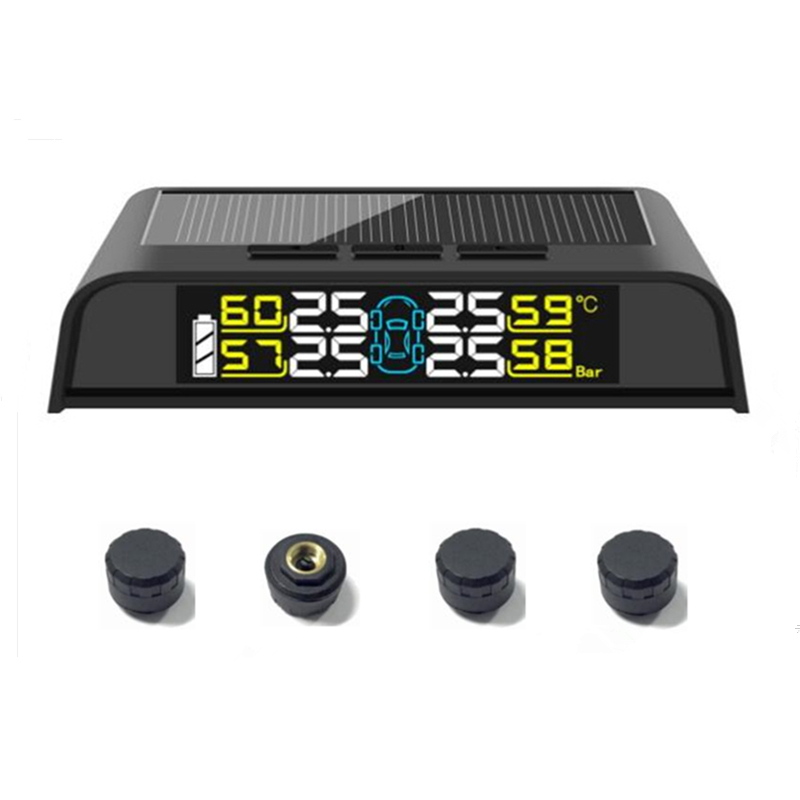We recommend replacing your tires when the tread wears down to the wear bars (2/32”), which are located across the tread in several locations around the tire. If only two tires are being replaced, the two new tires should always be installed on the rear of the vehicle to aid in preventing your vehicle from hydroplaning, even if your car is front wheel drive. It’s always recommended to have your new tires balanced during installation, and alignment checked if the previous tires show irregular wear.
Tires that have been in use for 5 years or more should continue to be inspected by a qualified tire specialist, at least annually. It is recommended that any tires 10 years old or older from the date of manufacture, including spare tires, be replaced with new tires as a precaution even if such tires appear serviceable and even if they have not reached the legal worn out limit at 2/32”. In the event that you get a flat tire while driving, it is best to find a nearby, safe place to stop and install your spare tire or call a tow truck. The less distance that you drive on your low or flat tire, the better chances your tire has of being repairable. Once you are able to get to your local servicing tire dealer, have them dismount the tire from the rim and thoroughly inspect the inside of the tire. If the interior of the tire, inside and/or outside sidewall are compromised from driving on the flat or underinflated tire for too long, the tire should be replaced. If the tire is deemed repairable after inspection, it should be repaired with a plug and patch or plug/patch combination to correctly repair the tire. Never use a rope type plug, as this does not correctly seal the tire, and may lead to tire failure.
Tire Pressure Monitoring System (TPMS), its function is to automatically monitor the tire pressure in real time during the driving process of the car, and give alarms to tire leaks and low air pressure to ensure driving safety.
At present, there are mainly two types of tire pressure monitoring systems sold on the market, indirect and direct. The indirect working principle is to find that the tire diameter is different, and then determine that a certain tire is out of air, so that the system alarms and prompts the driver to deal with it.
The working principle of the direct tire pressure monitoring system is to send a wireless signal through a sensor that can sense the tire pressure, and place a receiving device in the cab. The sensor sends data to the receiver in real time. Once there is an abnormal data, the receiver will alert the driver to remind him. Deal with it in time.
Direct tire pressure monitoring system is divided into two types: built-in type and external type. The built-in type means that the sensor is placed inside the tire, fixed by the valve or fixed on the wheel hub by a strap. The external type puts the sensor on the outside of the valve to sense pressure.
https://www.minpn.com/100-diy-installation-solar-tire-pressure-monitoring-systemtpms-in-cheap-fty-price-product/
Post time: Oct-11-2021








